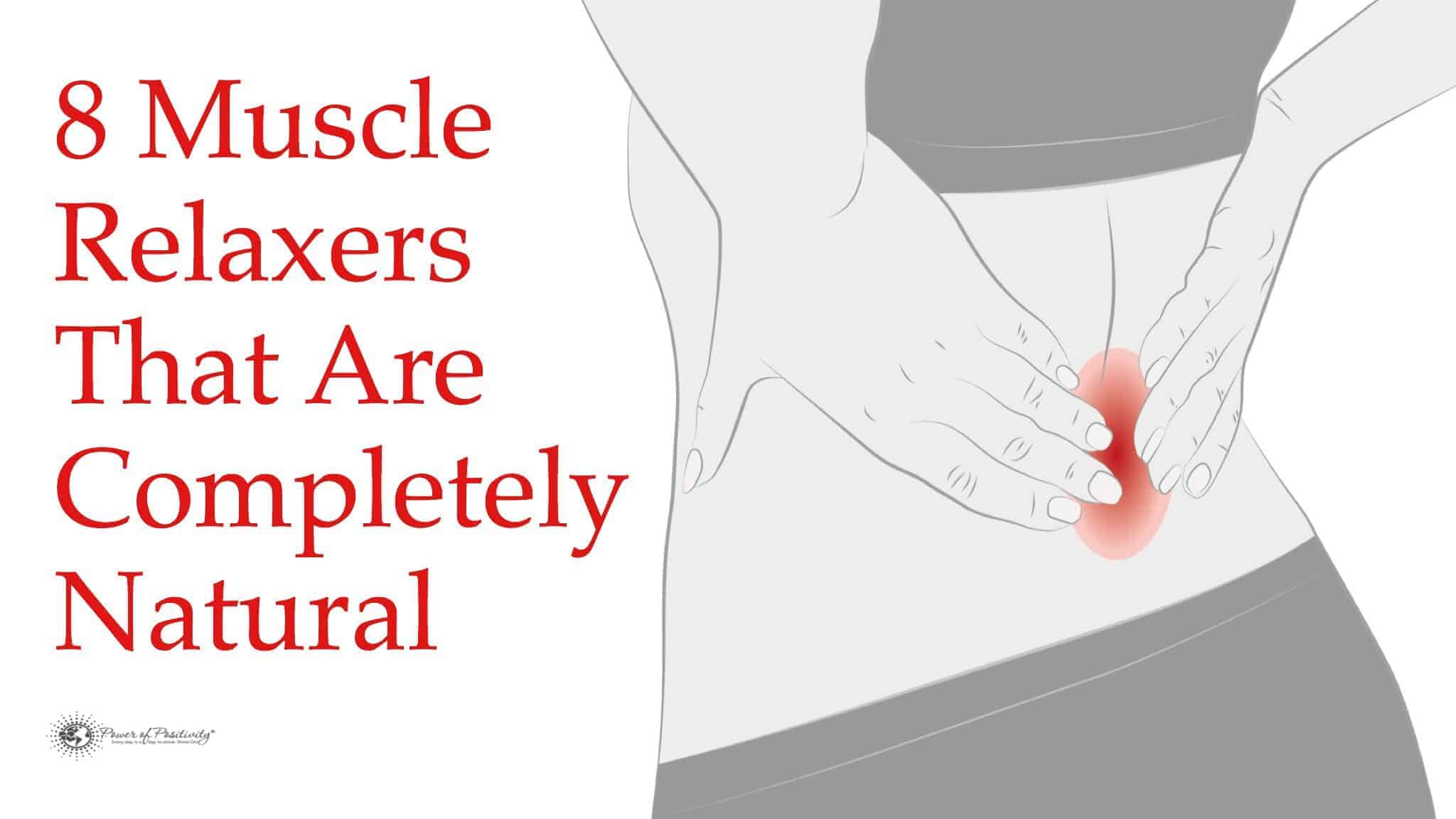Do you use muscle relaxers to relieve soreness? These medications can cause several side effects. Fortunately, several natural alternatives can provide relief without harm. Of course, the need for relief is very real.
Some injuries of the body are a direct result of excess muscle tension. When this tension is extreme, it can cause severe (sometimes debilitating) pain. Numerous back injuries – particularly in the lower-back region – fall under this description. To alleviate this pain, the muscles must revert to their original state – or relax back into position.
There are two options for reducing pain resulting from muscle tension: naturally or medicinally. The former can be time-consuming and extremely painful; the latter usually involves a trip to a doctor. The problem with the second option is that medical doctors – as is the case with many medications – tend to overprescribe drugs with nasty side effects.
Muscle relaxants are one of these drugs.
Four Potential Adverse Side Effects of Commercial Muscle Relaxers
A few known common side effects of muscle relaxants include the following:
- Drowsiness or dizziness
- Dryness of mouth
- Possible addiction or dependence
- Retention of urine

Indeed, they should be restricted, yet, many people return to the doc’s office and get another prescription.
But what if there was a way to relax the muscles and reduce pain without needing a prescription?
As it would happen, many natural muscle relaxants may help. Perhaps the most promising thing: natural relaxants do not carry the risk of dependency. Further, if any side effects do surface, they are far less likely to be severe.
(Side note: severe back pain – particularly debilitating – requires medical intervention. This advice is not intended to substitute for that of medical professionals in this circumstance.)
Eight Natural Muscle Relaxers to Try at Home
Here, we present eight natural muscle relaxers that may help:
“The problem with typical prescription or over-the-counter muscle relaxers is that they do not heal the problem. They just shut off communication between your nervous system and brain…the entire body is affected in ways that are not intended or desirable.” – Dr. Josh Axe
1. Arnica Oil
In a 2013 study published in the journal, the Public Library of Science (‘PLOS’), researchers made some important observations about this versatile oil. Importantly, that the topical application of arnica was demonstrated to be effective in reducing inflammation, pain and muscle damage.
Thymol – a chemical ingredient within arnica – acts upon the body’s inflammatory response. Inflammation of body tissue, of course, is a main driver of muscle tension.
2. Cannabis Oil
Many people in and outside the medical community, have praised cannabinoids pain-relieving properties for years. This mechanism is similar to an Rx muscle relaxant: it suppresses the brain’s pain receptors.
Now, we know that the oil variety has the same properties as a pain reliever and anti-inflammatory. Professionals note that quality control in particularly important in this product. As such, it’s highly recommended to find a trustworthy distributor.
3. Peppermint Oil
Essential oils are perhaps the most versatile subcategory of oils in the world. Relative to this topic, it has been uncovered that peppermint oil is both a terrific pain reliever and muscle relaxant. In a 2009 study, peppermint oil relieves pain in patients suffering from fibromyalgia and myofascial pain syndrome.

4. Dietary Changes
Certain foods are unofficially labeled “pain foods” for their ability to worsen related symptoms. Alcohol, caffeine, sugar, and trans fats are all inflammatory agents. Sugar and trans fats have also increased pain for specific conditions.
A high-calorie diet often leads to obesity, further aggravating pain symptoms.
5. Epsom Salt
Epsom salt effectively increases the body’s magnesium levels, an essential nutrient for preventing pain and certain medical conditions (e.g. fibromyalgia). Furthermore, Epsom salt also contains inherent properties that stabilize the body’s inflammatory response.
6. Staying Loose
When we experience a lot of pain, it is our instinct to rest up. However, with severe pain (e.g. muscle spasms) as the exception, bodily movement is important in limiting inflammation.
It is a good idea to continue normal daily activities if possible. Should pain surface, adjust accordingly by going at a slower pace.
7. Visit A Chiropractor
Some studies show that effective chiropractic techniques, such as a general body “adjustment,” can be more efficient at reducing pain than prescription medicine. Chiropractors (most of whom possess doctorate degrees) tend to treat patients without drugs.
8. A Massage Therapist
Likewise, a licensed massage therapist may alleviate tension and pain without needing drugs, surgery, or other “traditional” medical interventions.
In a 2011 Taiwanese study, scientists tested the effects of massage therapy on a group of cancer patients. The team was specifically testing the muscle pain and muscle relaxant effects of therapy if any. The scientists concluded that “results from this study support employing MT (massage therapy) as an adjuvant to other therapies in improving bone pain management.”



















